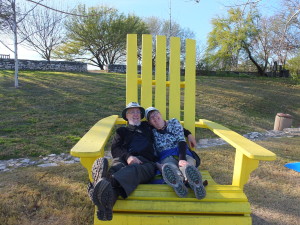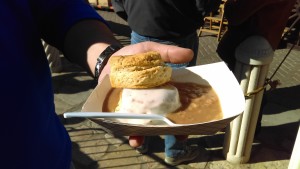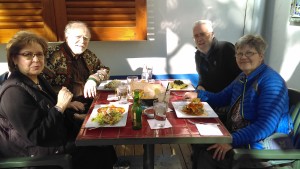11/02/2016 Thursday
The active PeaceCenter here in San Antonio hosted a talk entitled “Taking Down the Monuments” given by one of its members Sue Ives. Sue has been studying the meaning and impact of monuments for over ten years.
She started her talk in Eastern Europe and Russia looking at what happened to monuments – many to Stalin and the Russian Army – during the fall of Communism. There are more recent examples in the middle east – the toppling of the Sadam Husein statue at the end of the Iraq War and the destruction of ancient religious and historical sites in Syria by ISIS and others.
She also touched on the blowing up of Nelson’s column in Dublin in 1966 and the debate about Cecil Rhodes at Oriel College, Oxford. Of course in Northern Ireland we have many examples of contentious monuments to our past.
In the USA there is, currently, a lot of debate over Confederate memorials and flags.
The arguments about what to do vary from “leave well alone” to “get rid of them completely”. Some countries such as Hungary have created a Momento Park where contentious monuments have been taken for all to see. Some suggest that they can be contextualised by adding information plaques that reflect the known history either in situ or after removal to a park. Rather than renaming streets or buildings they could be paired with names reflecting the “other” story. For example, in Charleston there is a Calhoun Street named after a Confederate hero. It has been suggested that it be named Smalls-Calhoun Street to reflect the African American part of the story.
Obliterating names and objects is seen by some as simply rewriting history by the winner. It does not inform about how we got there. The potential for forgiveness, on both sides, is lost.
So how about the Maze being turned into a Momento Park?


































